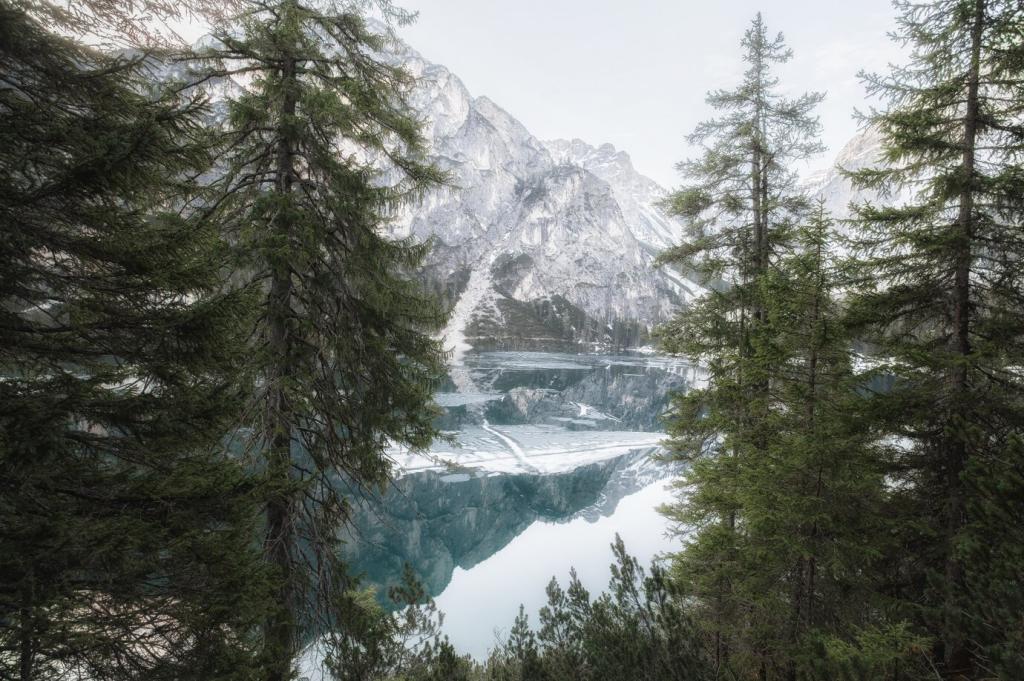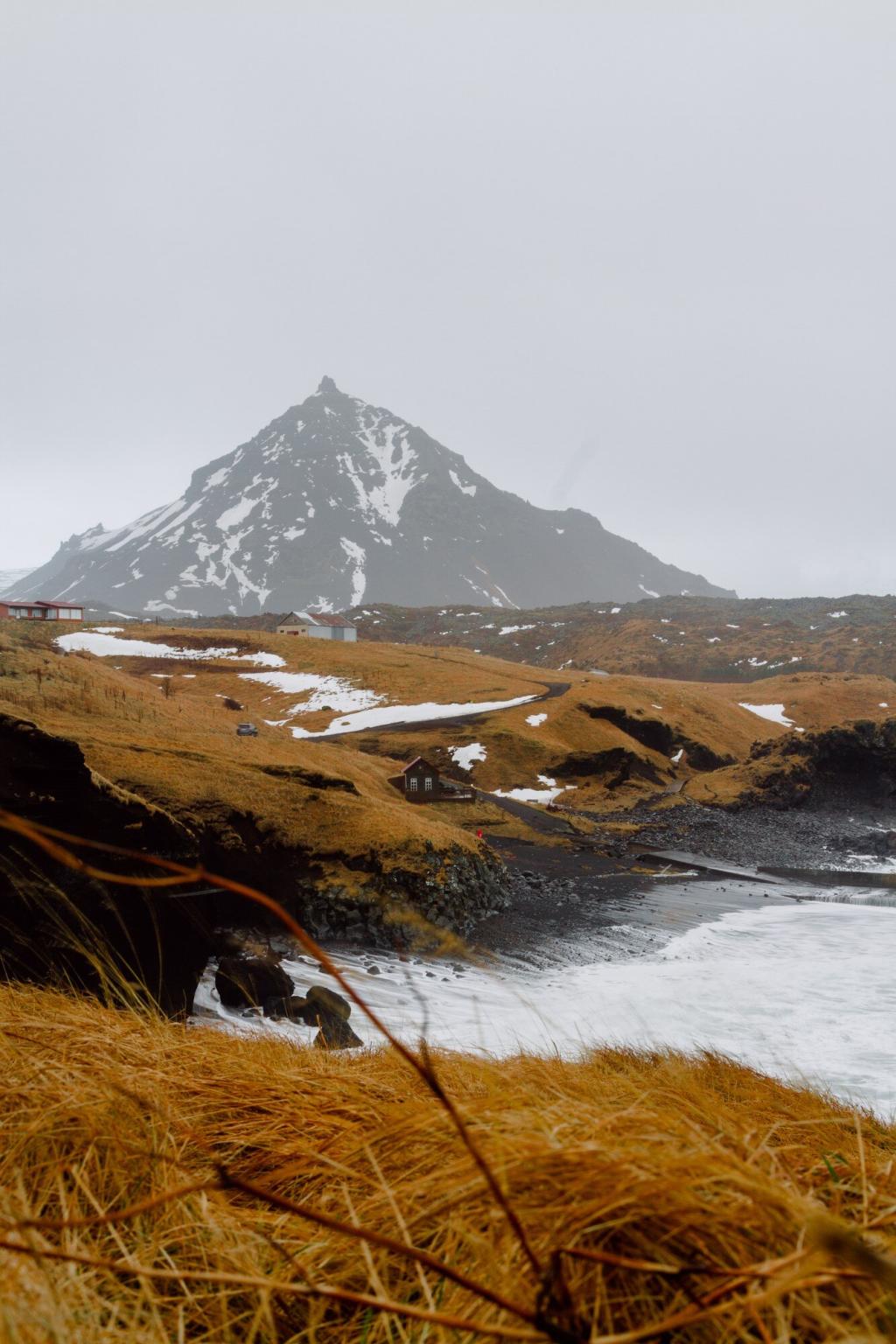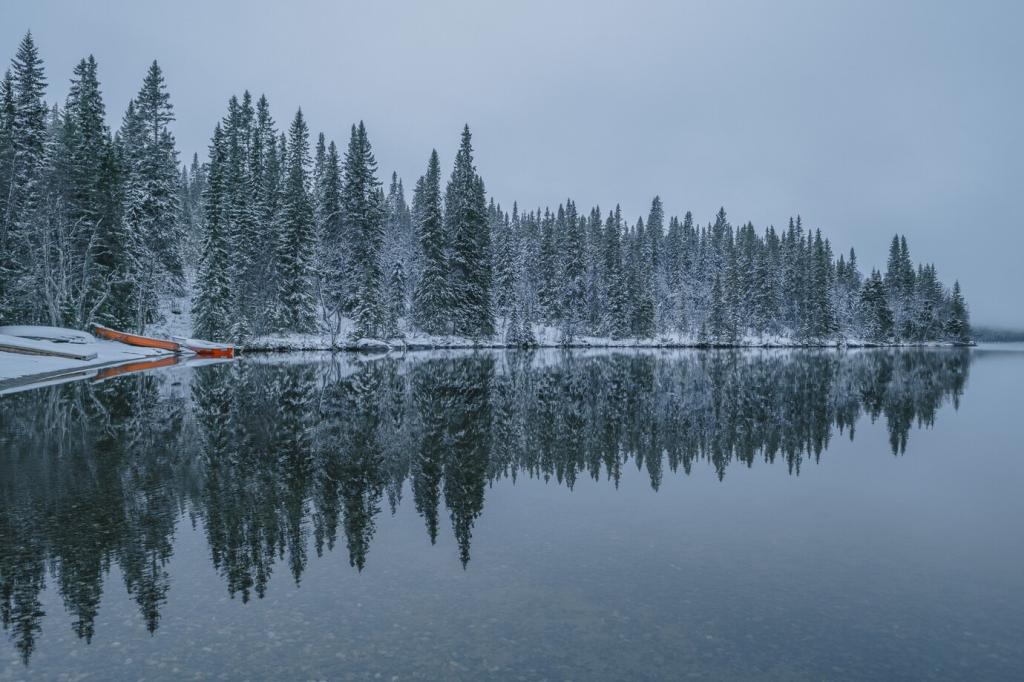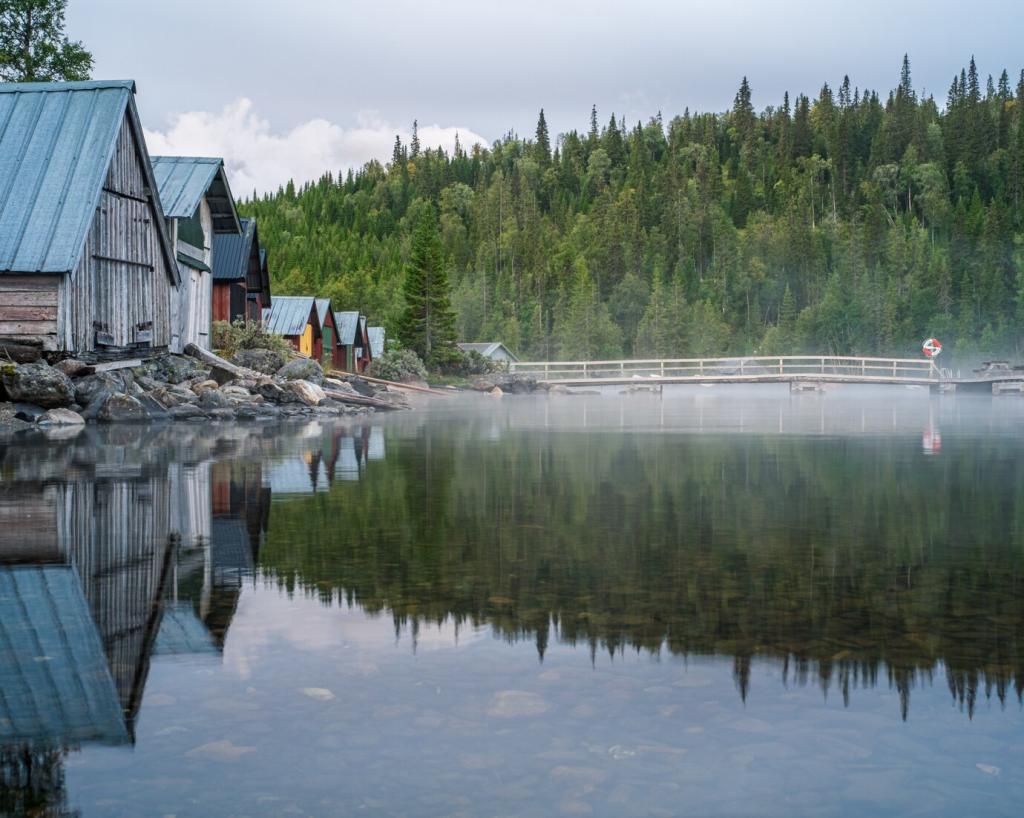Seasonality and Winter Interest by Design
Under open canopies, wood anemone weaves a soft white haze before leaves fully expand. Serviceberry flowers signal the season without shouting, and early sedges green up reliably. Keep colors pale and fresh, letting form and fragrance lead while the park transitions from muted winter to thoughtful spring.
Seasonality and Winter Interest by Design
By midsummer, grasses and perennials carry the show with motion, not volume. Deschampsia and geranium blend into calm ground planes where picnics unfold. Maintenance remains light: occasional editing, deep watering in droughts, and path sweeping. The effect feels generous yet still elegantly restrained.
Seasonality and Winter Interest by Design
Rowan reddens, birch turns gold, and sedum seedheads stand like lantern wicks. Leave stems for structure and habitat, then celebrate bark, berries, and frost-kissed seedheads. In the dim months, these silhouettes become the park’s architecture, keeping the Scandinavian character alive when color retreats.










